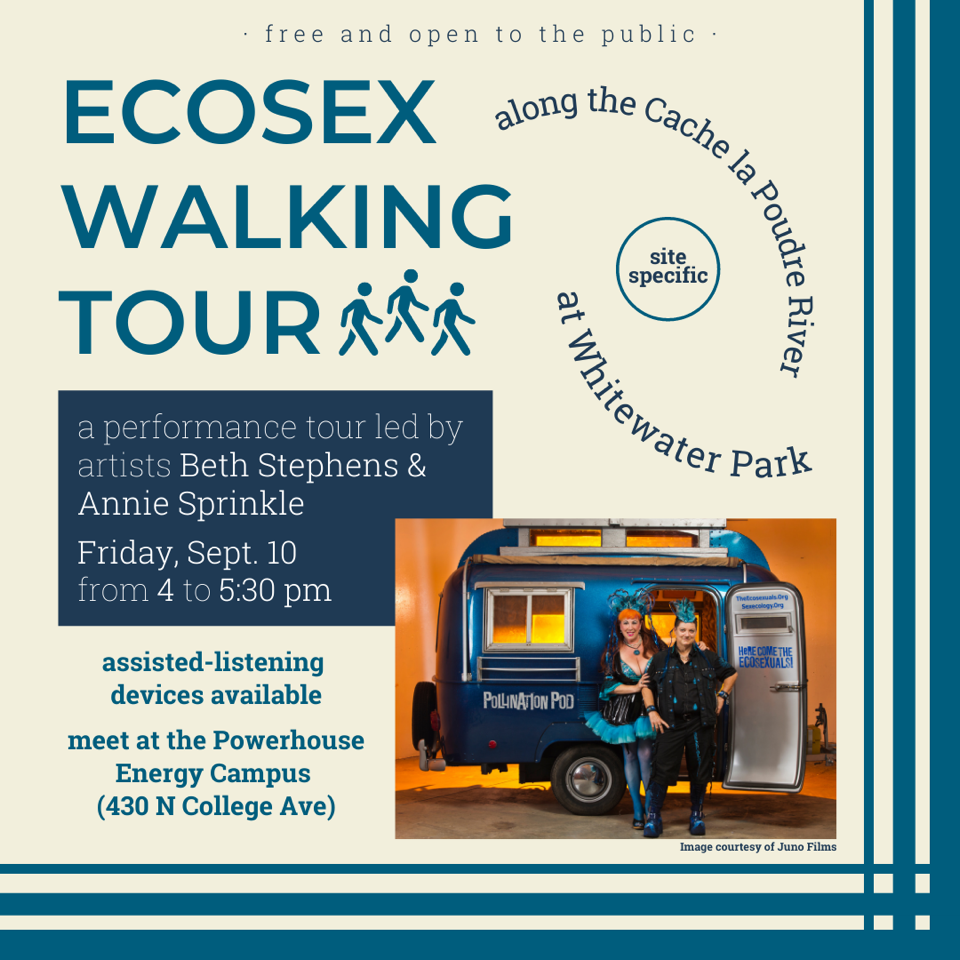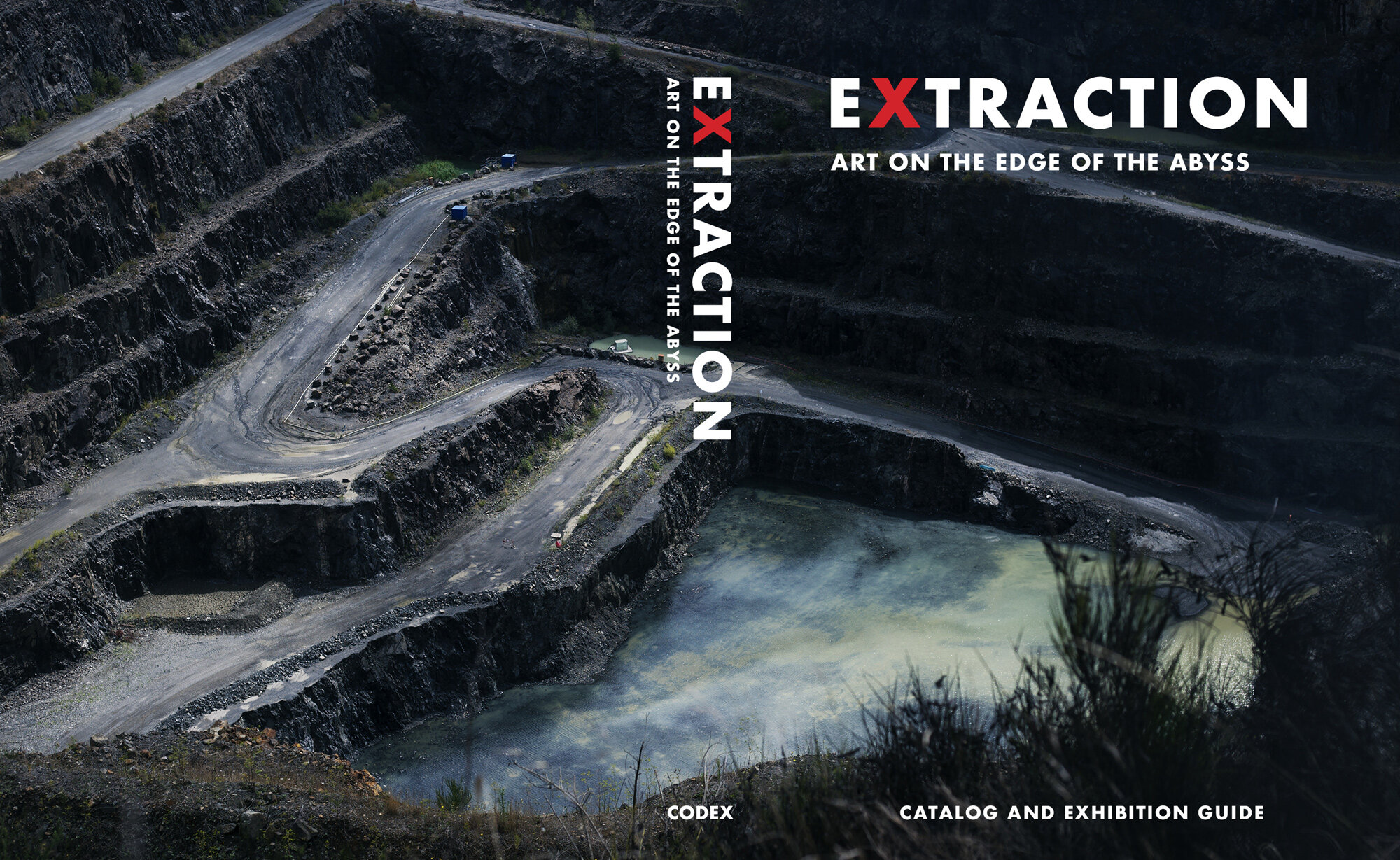Reclamation: Recovering our relationship with place
Gregory Allicar Museum of Art, Colorado State University, Fort Collins
July 7 – September 19, 2021
Curatorial statement
Resource extraction created the world as we know it. Without fossil fuels, we would not have computers, airplanes or electricity. Yet, these technologies have come at a severe cost to global ecosystems, climate stability and human health. Some of the most complex and diverse environments – and the animal and human communities who inhabit them – have been sacrificed for the mobility and comfort of the industrialized world. Every light we turn on implicates us in this complex paradigm.
In the vernacular of extraction industries, “reclamation” signifies restoring post-extraction landscapes to a “natural” state, or even better, to an economically viable one. Lego-like terraforming processes that give way to the seeding of monocrops are par for the course. Often the work of reclaiming extraction sites falls on the shoulders of the extraction companies themselves, with aid from state and federal governments. Engineers and scientists use computer modeling and the latest in agricultural science to reenvision the mine site post-extraction. Key decision makers consider future use and development. It is all very practical.
Reclamation: Recovering our Relationship with Place asks what might happen if artists instead of mining companies, engineers and scientists (or artists working alongside engineers and scientists) are given the reigns to envision a post-extraction world.
Matt Kenyon, Supermajor No. 3.
By nature, artists are visionaries. They can challenge cultural preconceptions and even our best logic. In doing so, artists propose possibilities that at times feel far-fetched, or even ludicrous. Their work is not subject to scientific peer-review, economics or law. It is the disassociation from such constraints that allow artists to shed light on new ways of thinking, opening the door to hope. It is often artists that propose the clearest view forward.
The artists featured in this exhibition were chosen because their forward-thinking perspectives are both visionary and vital. They use humor, poetry, beauty and science to present a future where the land reasserts its rights and the extraction of fossil fuels is a dark and distant memory. Do not misunderstand—this isn’t a world that disaffirms humanity. The artists featured in Reclamation are keenly aware that humans are an integral part of the great ecosystems of the earth. Human rights are directly entwined with the rights of the land. The way forward implies human action.
Although processes of healing and repair are essential on a global scale, this exhibition focuses on reclamation of land currently within the political borders of the United States. Artistic voices from various regions represent diverse perspectives and localized issues. The artists in the exhibition embody the west, north, southwest, Pacific coast, Appalachia and the eastern sea board. Their work spans the realms of painting and drawing, performance, video, sculpture and installation.
—Erika Osborne, 2020
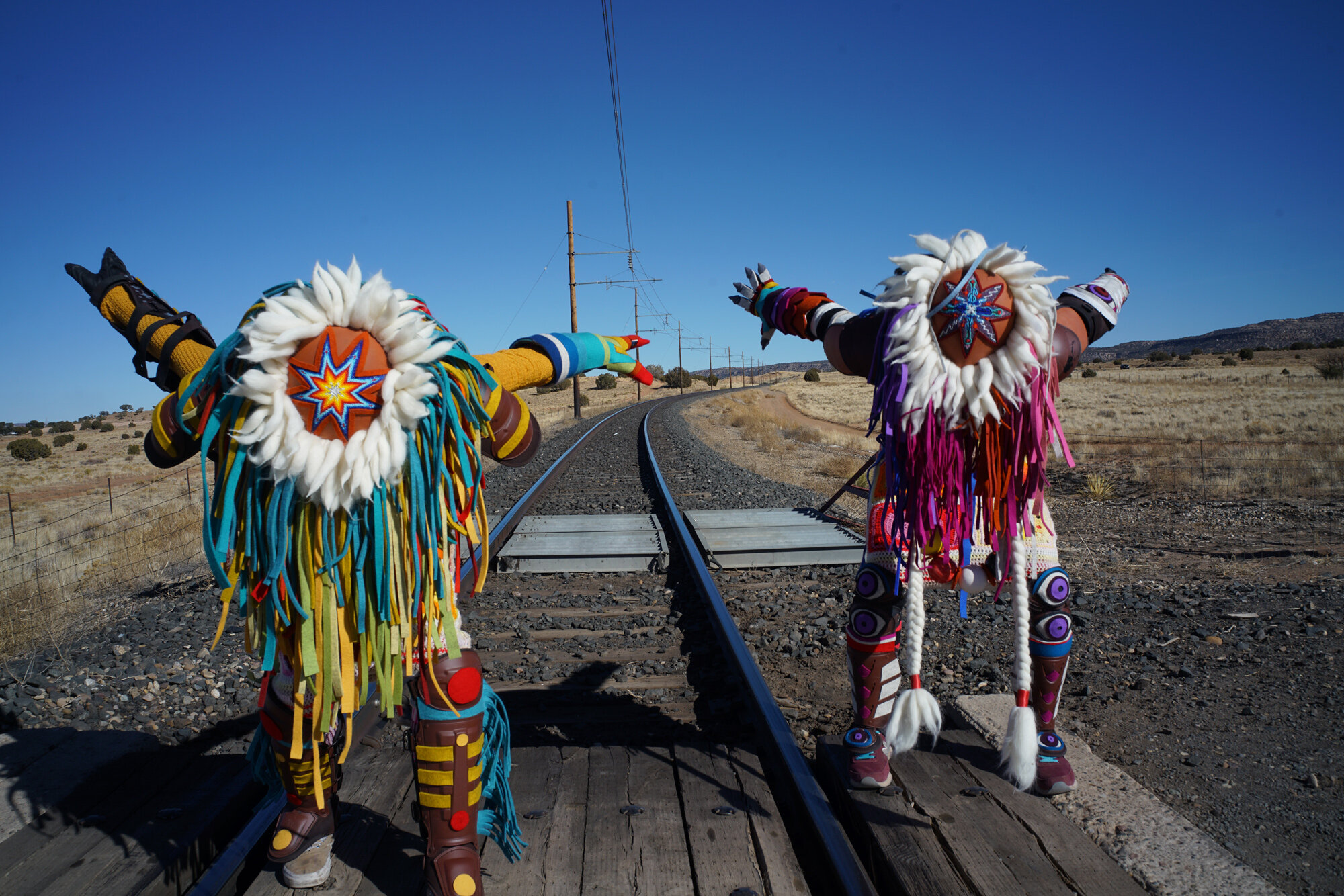
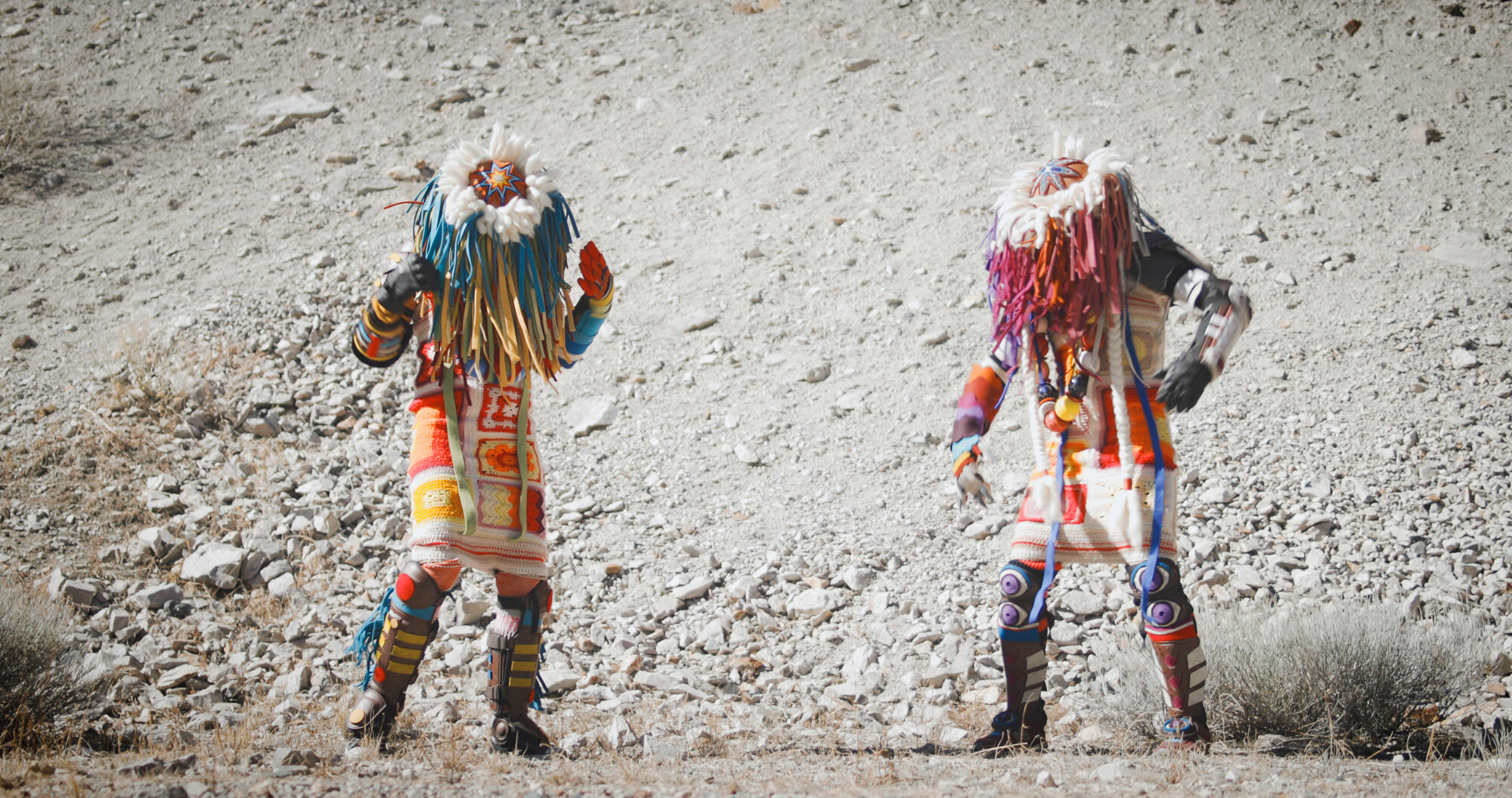
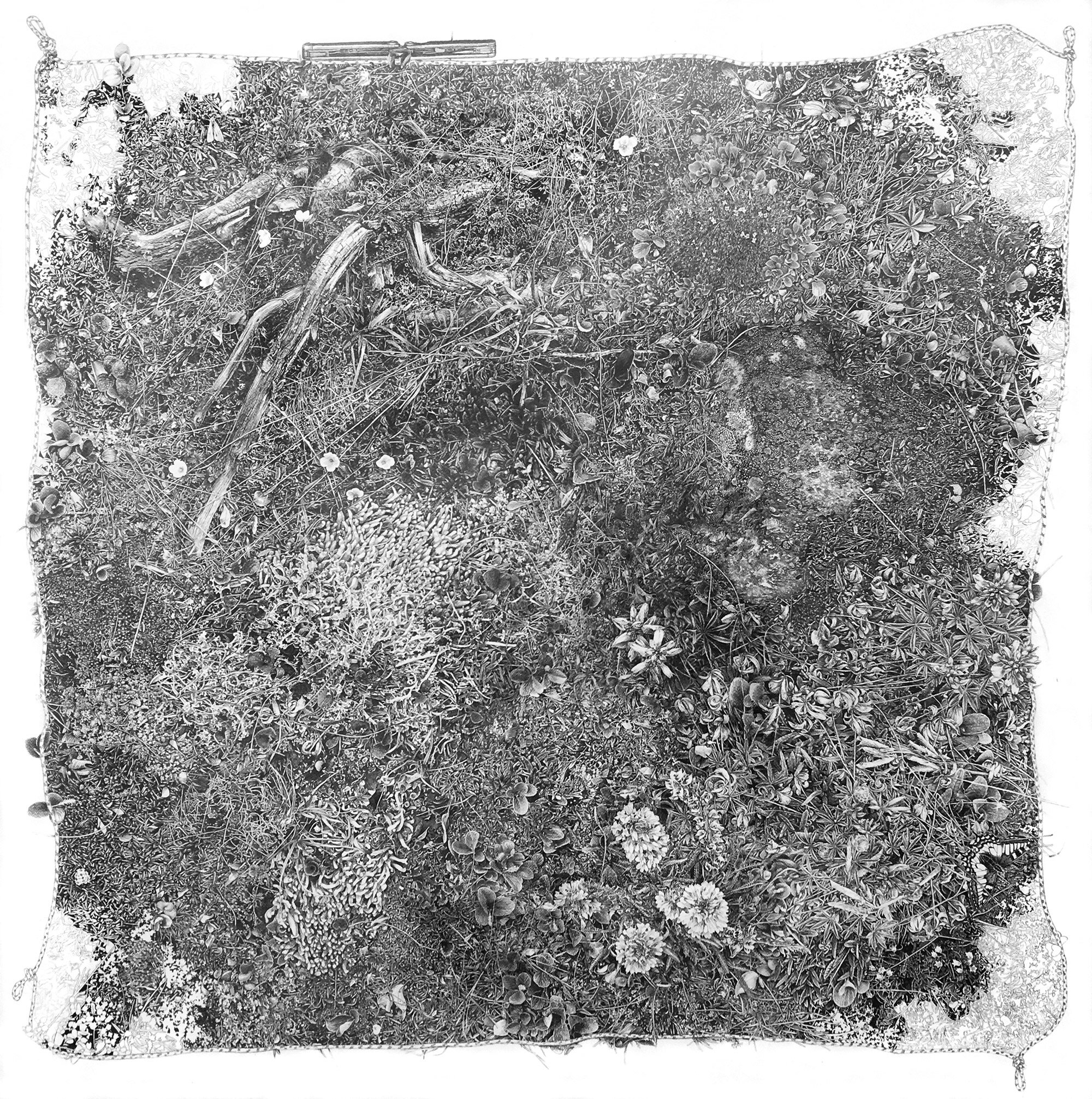

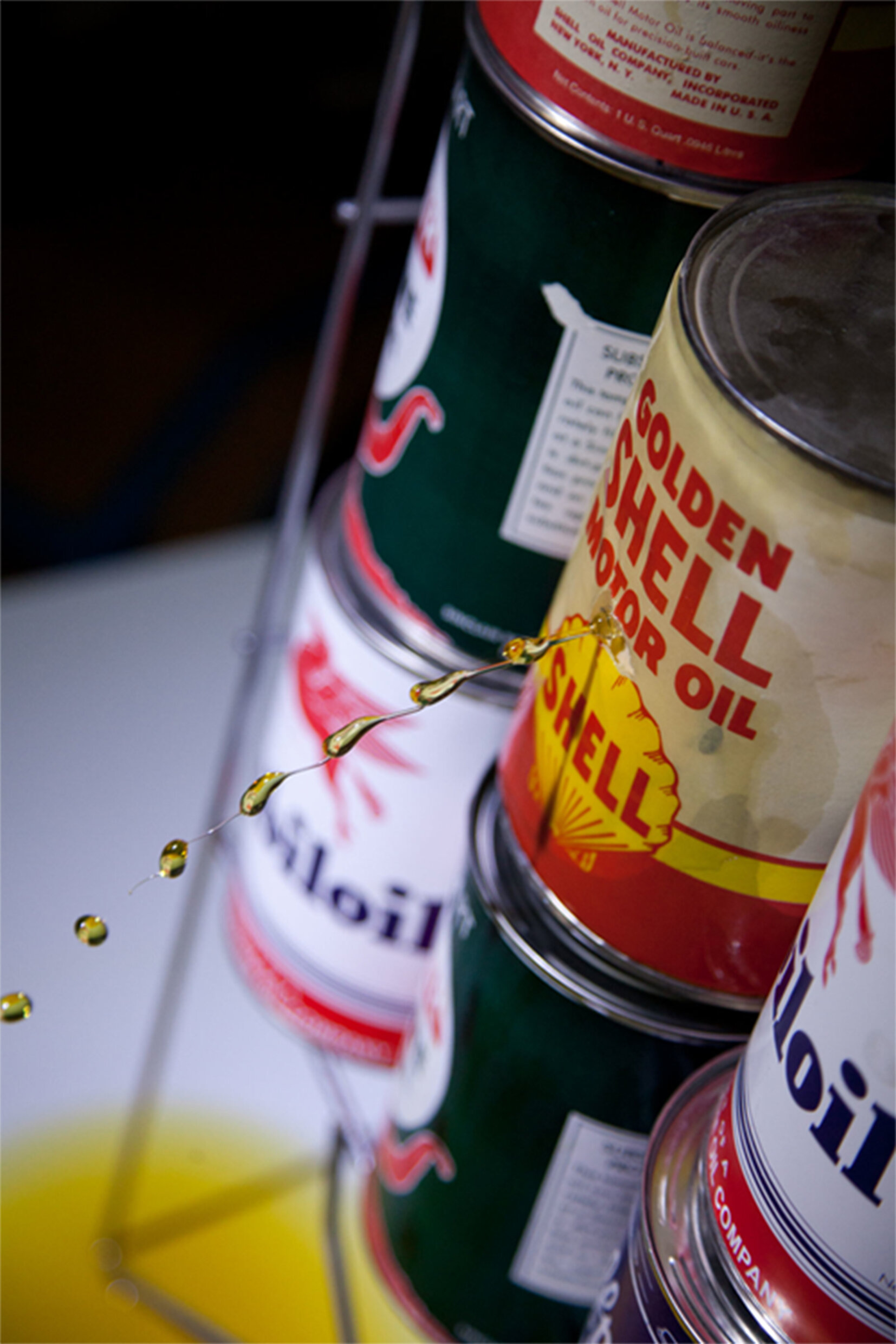
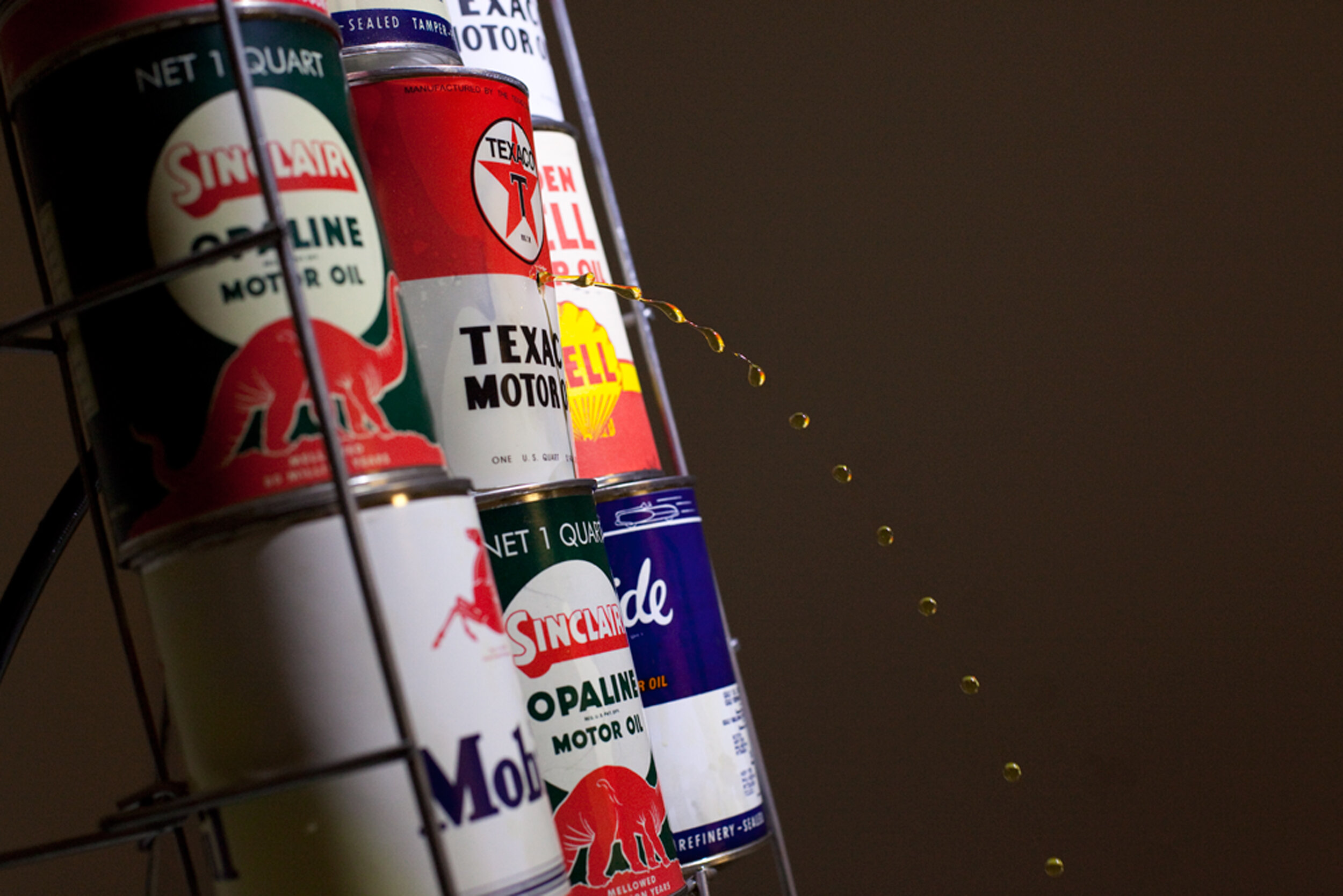
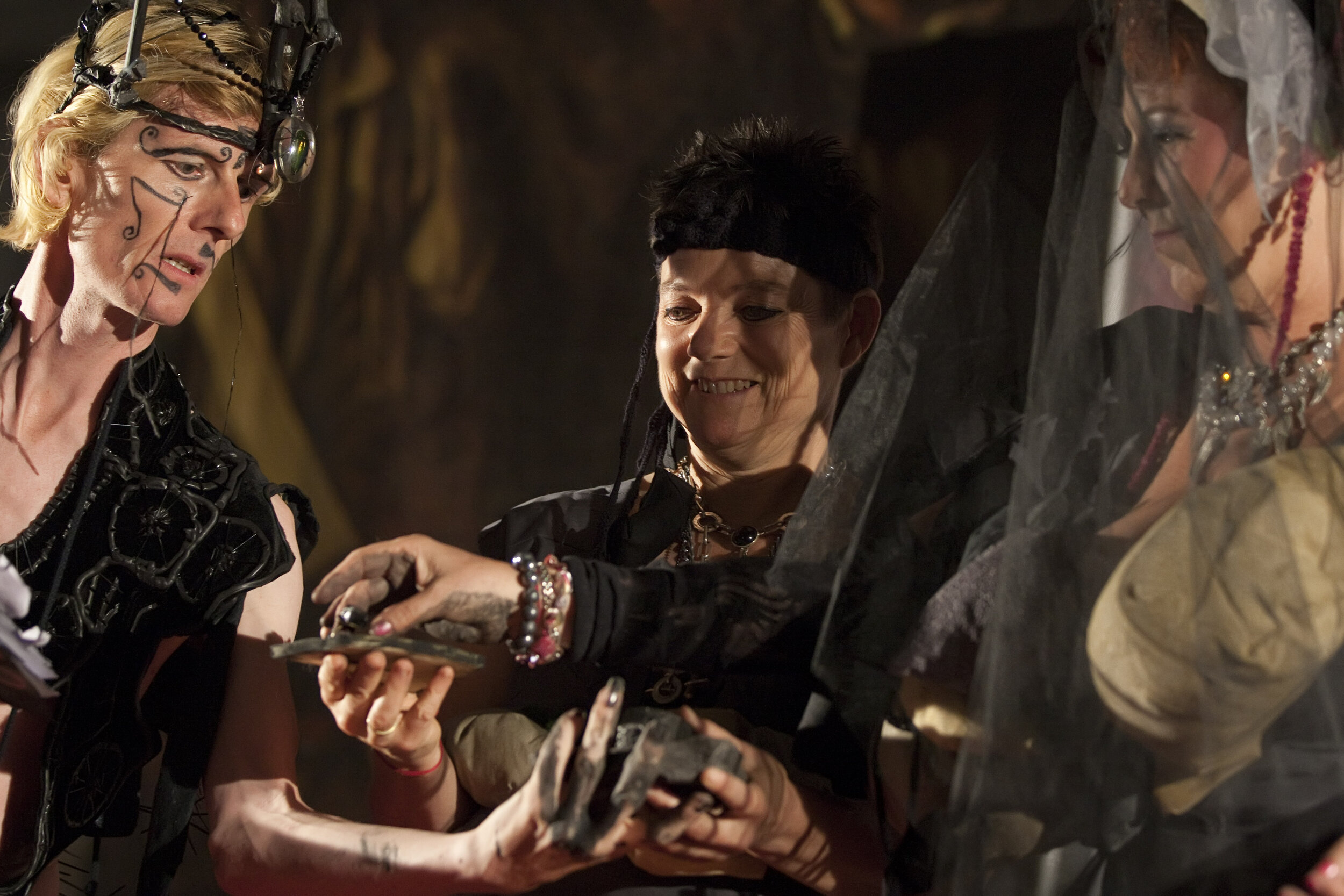
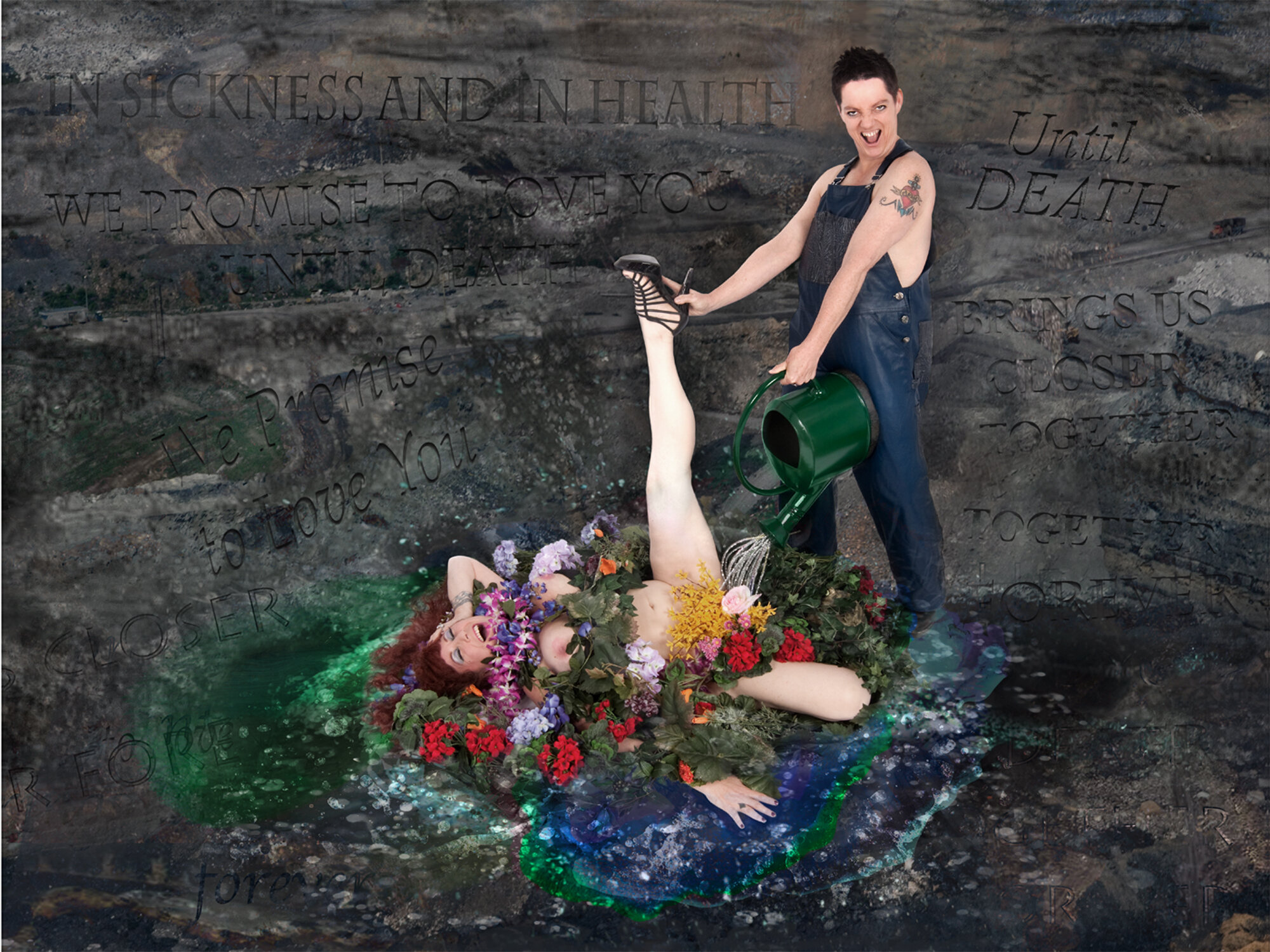
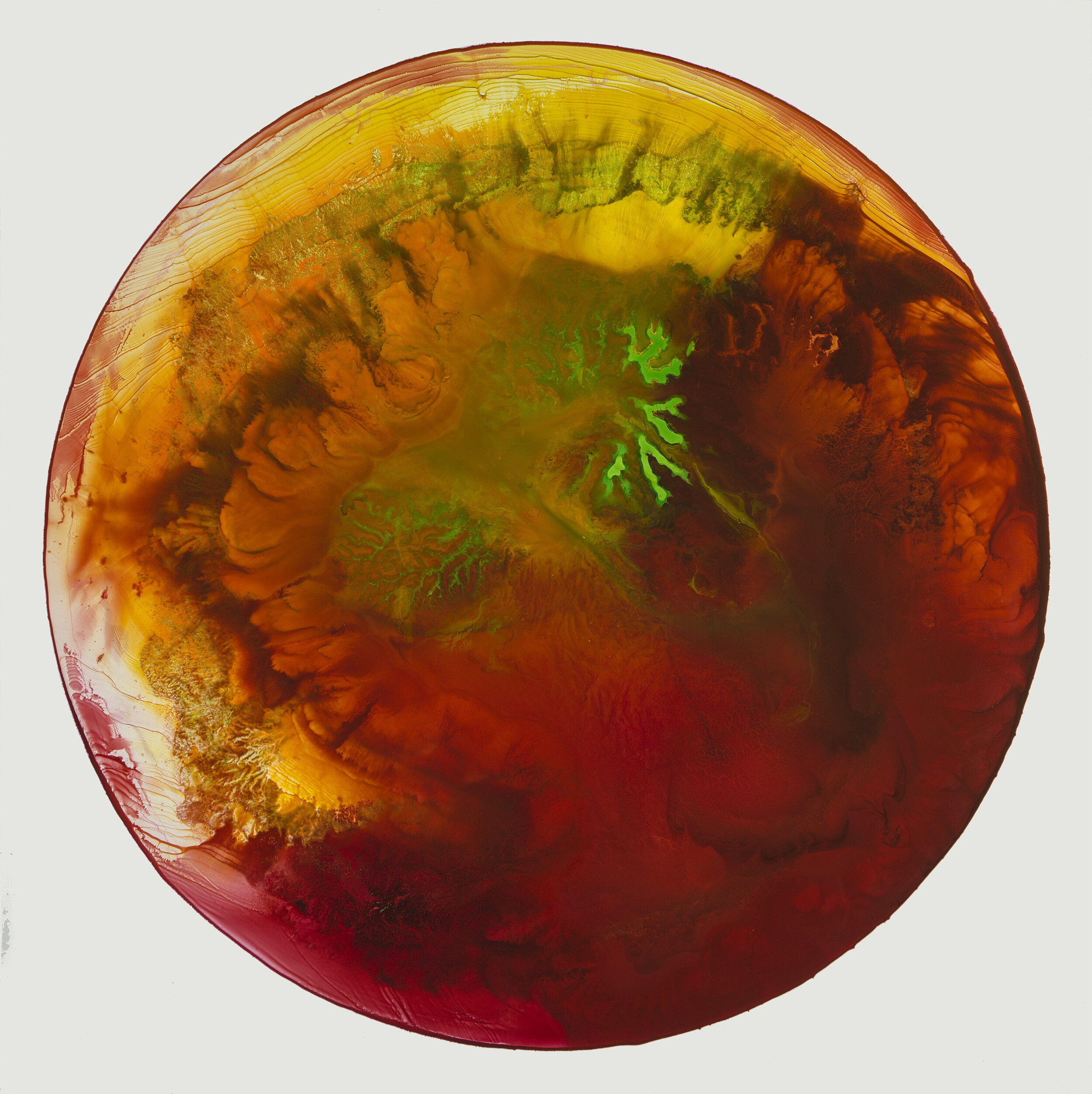
UPDATE 9/9/2021
On Thursday, Sept. 9, GAMA will partner with the Lyric (@thelyriccinema) to screen the artists' film 'Water Makes Us /Wet,' which chronicles "the pleasures and politics of H2O from an ecosexual perspective". The film will be accompanied by an introduction and Q&A by Stephens and Sprinkle (who will also discuss their new book), and a free water bar on the outdoor stage. The program begins at 9pm. Tickets are $10 for the public and $8 for students and seniors, and are available through the Lyric's website.
On Friday, Sept. 10, Stephens and Sprinkle will host an Ecosexual Walking Tour along the Cache la Poudre River at Whitewater Park with their merry band of punk rock boot camp counselors. The tour is FREE to the public and will begin at 4pm outside the Energy Institute's Powerhouse Energy Campus building.
These programs are part of the current exhibition 'Reclamation: Recovering Our Relationship with Place', curated by the talented Erika Osborne (@erikaosborneartist) and on view in our Griffin Foundation Gallery until Sept. 19. The exhibition is presented in partnership with the CSU Energy Institute (@csuenergy) and the Department of Art and Art History (@csu_artandarthistory) as part of the worldwide art project Extraction: Art on the Edge of the Abyss (@extraction_art).






